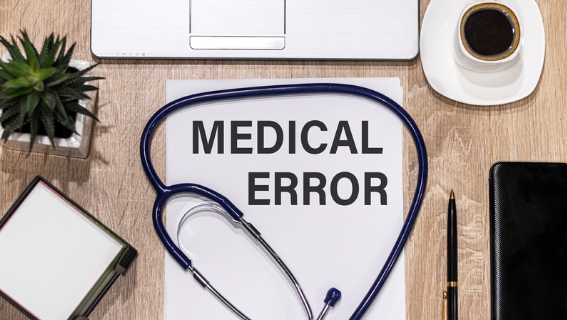Healthcare Workflow Management: The Key to Reducing Medical Errors
In the healthcare industry, time is of the essence, and mistakes can be life-threatening. With an increasing number of patients and complex medical procedures, it’s becoming more challenging for healthcare providers to manage their workflow efficiently. As a result, medical errors have become one of the leading causes of death globally. However, with the right workflow management system in place, these errors can be greatly reduced, leading to better patient outcomes and overall healthcare efficiency.
What is Workflow Management?
A healthcare workflow management system is a set of processes and tools designed to streamline and optimize the flow of tasks, information, and resources in a healthcare setting. It involves identifying, analyzing, and improving workflows to minimize errors, improve communication between team members, and ultimately enhance patient care.
The goal of healthcare workflow management is to create a more efficient and effective working environment by eliminating unnecessary steps, reducing redundancies, and improving overall coordination.
Importance of Workflow Management in Healthcare
Effective workflow management plays a vital role in the healthcare industry. It ensures that tasks are completed accurately, timely, and with minimal interruptions. This is especially crucial in critical care settings where even a small delay or error can have significant consequences.
Implementing a structured system helps providers work smartly with healthcare workflow management technology and maintain a high level of patient care. It also allows for better communication and collaboration among healthcare professionals, leading to improved decision-making and reduced errors.
Reducing Medical Errors with Workflow Management
1. Standardization of Tasks and Processes
Workflow management involves creating standardized processes and procedures for different tasks, making them easier to understand and follow. This eliminates confusion and reduces the chance of errors caused by miscommunication or lack of clarity.
2. Automation and Integration of Systems
By automating certain aspects of the workflow, such as appointment scheduling or medication refills, healthcare providers can reduce the risk of human error. This also frees up time for staff to focus on more critical tasks.
3. Real-Time Alerts and Notifications
With a healthcare workflow management system, providers can set up real-time alerts and notifications for tasks that need immediate attention. This helps prevent delays in patient care and ensures that all necessary steps are followed promptly.
4. Quality Control and Feedback
With a structured workflow management system, providers can track and analyze data to identify areas for improvement. This allows for continuous quality control and feedback, leading to further reduction in errors over time.
5. Enhanced Patient Safety
The ultimate goal of healthcare workflow management is to improve patient safety. By reducing errors and improving communication between team members, providers can ensure that patients receive the best possible care, leading to better health outcomes.
Conclusion
We hope this article has shed some light on the importance of healthcare workflow management in reducing medical errors. By implementing an efficient workflow management system and learning how to get an advanced healthcare workflow, you can improve patient care, increase efficiency, and ultimately save lives in the healthcare industry. It is a crucial step towards delivering high-quality, safe, and effective healthcare services to patients around the world.






